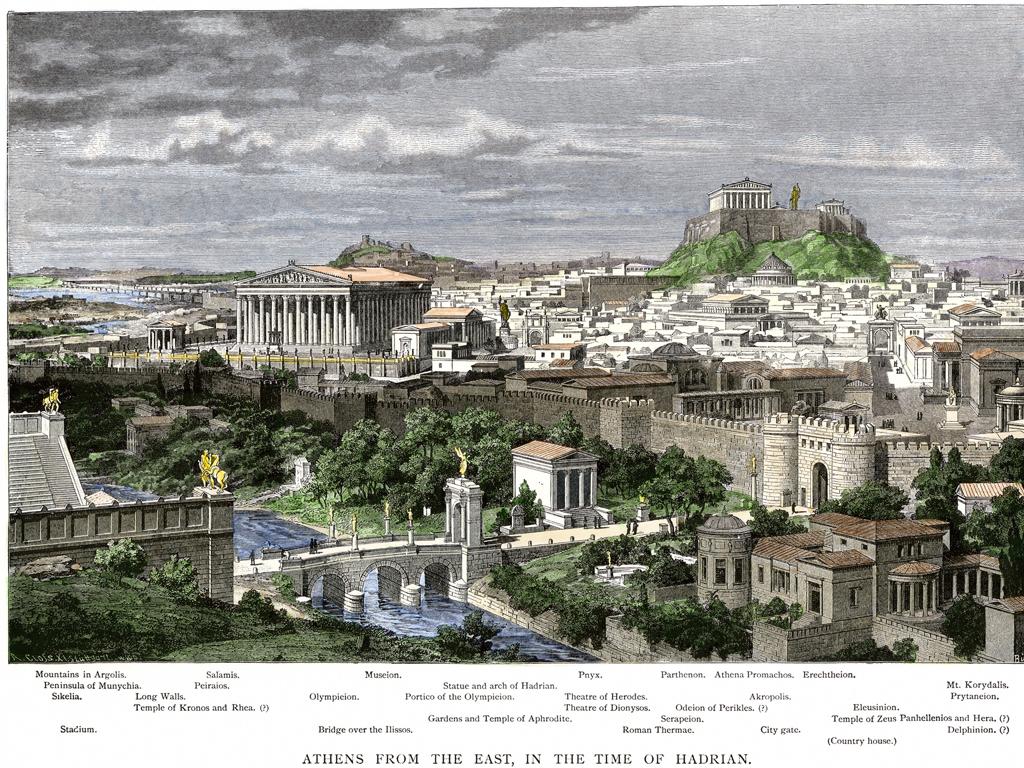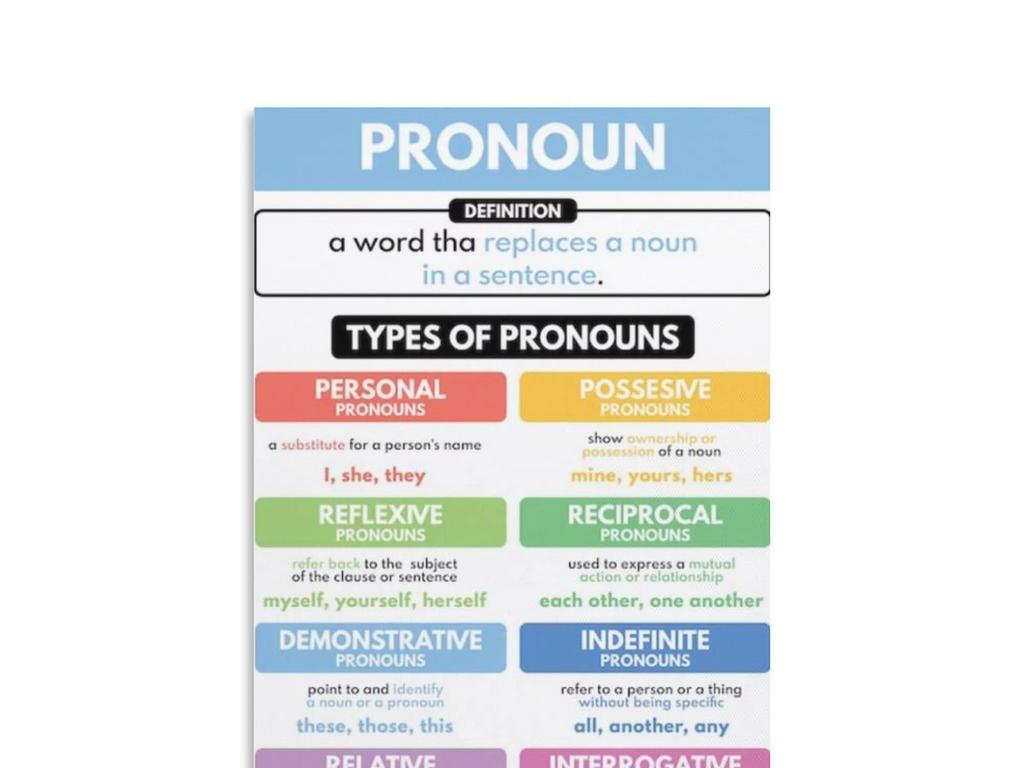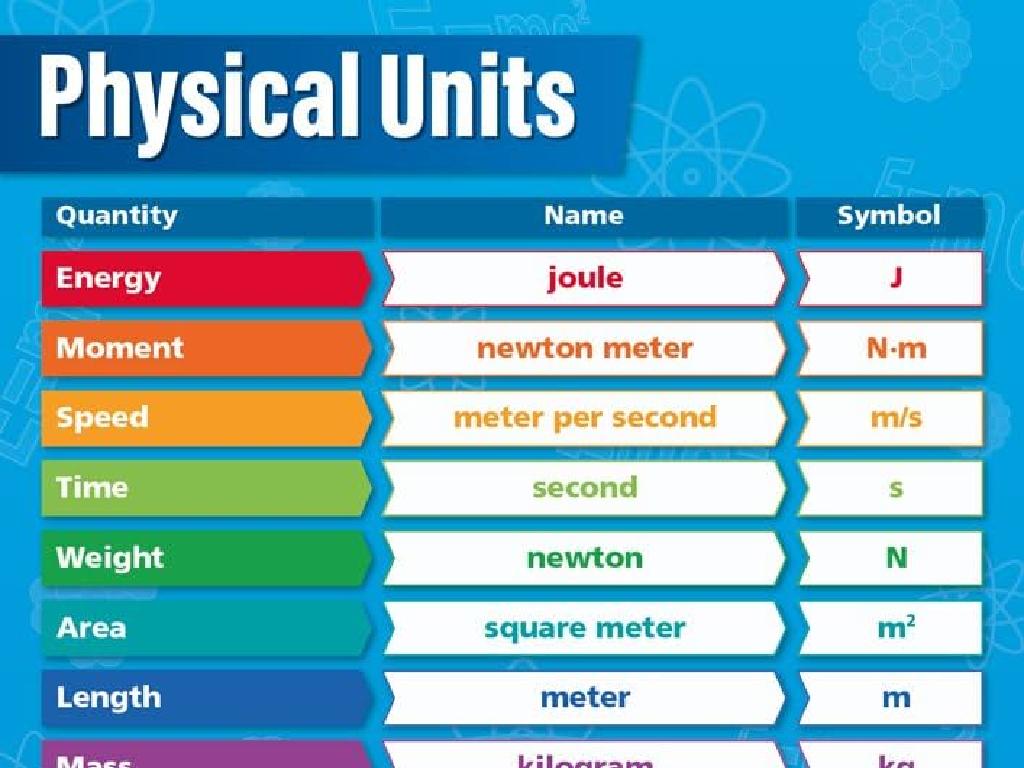Foundations Of Aztec Civilization
Subject: Social studies
Grade: Sixth grade
Topic: Early Americas
Please LOG IN to download the presentation. Access is available to registered users only.
View More Content
Exploring the Foundations of Aztec Civilization
– Introduction to the Early Americas
– Overview of Aztec foundations
– Learn about Aztec society, religion, and innovations
– Significance of the Aztecs in history
– Discover how the Aztecs influenced modern culture and history
– Unveiling the Aztec way of life
– Explore daily life, social structure, and achievements
|
This slide introduces the students to the fascinating world of the Early Americas, with a focus on the Aztec civilization. Begin with a brief discussion on the geographical and cultural landscape of the Early Americas. Then, delve into the core aspects of Aztec civilization, including their social hierarchy, religious practices, and notable technological advancements. Highlight the Aztecs’ significant contributions to history and their lasting impact on contemporary society. Engage students by discussing the Aztecs’ daily life, comparing it to their own, and exploring the rich legacy of this ancient civilization. Encourage students to think about how the past civilizations have shaped the world we live in today.
Who Were the Aztecs?
– Origin of the Aztec people
– Migrated to Central Mexico; founded Tenochtitlan
– Expansion of the Aztec Empire
– Conquered neighboring cities, forming a powerful empire
– Daily life in the Aztec society
– Roles varied from farmers to warriors, with vibrant markets and temples
|
The Aztecs were a Mesoamerican culture that emerged in Central Mexico and founded the city of Tenochtitlan, which became the heart of their empire. Through strategic alliances and military conquests, they expanded their territory, creating a dominant empire in the region. Daily life for an Aztec citizen was rich and varied, with a strong emphasis on agriculture, religion, and trade. Society was structured with clear roles, from noble classes to commoners, and their large markets and impressive temples were a testament to their advanced civilization. Discuss the importance of the Aztecs in the context of the Early Americas and their lasting impact on the region’s history and culture.
Exploring Aztec Society
– Aztec social hierarchy
– A structured system with nobles, commoners, serfs, and slaves
– Roles in Aztec culture
– Warriors, priests, and farmers each had specific duties
– Responsibilities of Aztec people
– Tasks varied from governance to agriculture
– Compare with today’s society
– How does it differ from our current social classes?
|
This slide aims to give students an understanding of the complex social structure of the Aztec civilization. The hierarchy was strictly followed, with each class having distinct roles and responsibilities. Nobles were involved in leadership and warfare, while commoners worked in trades and agriculture. Serfs worked the lands of the nobles, and slaves were often captives or debtors. Encourage students to think about the roles in their own community and how they compare to the Aztec society. Discuss the differences and similarities between ancient and modern social structures, such as the presence of a ruling class and the division of labor. This comparison will help students appreciate the nuances of social organization across time and cultures.
Aztec Religion and Mythology
– Religion’s impact on Aztec life
– Religion guided daily life and rituals.
– Key Aztec deities
– Gods like Quetzalcoatl and Huitzilopochtli were central figures.
– The Five Suns myth
– A creation myth explaining the eras of the world.
|
Aztec society was deeply intertwined with religion, which played a central role in their culture, politics, and daily activities. The Aztecs worshipped numerous gods and goddesses, each with specific roles and powers. Quetzalcoatl, the feathered serpent, was the god of wind and wisdom, while Huitzilopochtli was the god of war and the sun. The myth of the Five Suns is a cornerstone of Aztec mythology, describing the creation and destruction of the world in different eras, each associated with a different sun. This myth, among others, offers insight into the Aztec worldview and their explanations for natural phenomena. Encourage students to explore the significance of these myths and how they influenced the Aztecs’ understanding of their place in the universe.
Aztec Achievements in Early Americas
– Aztec architectural ingenuity
– Aztecs built grand temples and pyramids showcasing advanced engineering.
– Tenochtitlan’s floating gardens
– Chinampas were man-made islands used for agriculture in the lake city.
– The Aztec calendar system
– A sophisticated calendar tracking solar years and ritual cycles.
– Significance of the calendar
– It was central to Aztec culture, informing agriculture and rituals.
|
This slide highlights the remarkable achievements of the Aztec civilization in architecture, agriculture, and astronomy. Emphasize the advanced engineering skills evident in their monumental structures, such as temples and pyramids. Discuss the innovative agricultural technique of creating floating gardens, known as chinampas, which allowed efficient farming in lake environments. Explain the complexity of the Aztec calendar, which was not only a timekeeping tool but also integral to their cultural and religious practices. Encourage students to appreciate the ingenuity of the Aztecs and how their contributions have had a lasting impact on history and culture.
The Spanish Conquest of the Aztecs
– Hernán Cortés arrives in 1519
– Cortés led Spanish conquistadors to the Aztec lands.
– Conquest impacts Aztec society
– The conquest led to significant cultural and population changes.
– Tenochtitlan falls in 1521
– The Aztec capital was overtaken after a siege.
– The Aztec Empire comes to an end
– This marked the collapse of the Aztec civilization.
|
This slide covers the pivotal events of the Spanish conquest of the Aztec Empire. Hernán Cortés’s arrival in 1519 marks the beginning of interactions between the Spanish and the Aztecs. Discuss the technological and tactical advantages that the Spanish had, including alliances with other indigenous groups. Highlight the impact of the conquest on Aztec society, such as the spread of diseases, the fall of their political structures, and the cultural changes that ensued. The fall of Tenochtitlan in 1521 after a prolonged siege is a critical event, leading to the end of the Aztec Empire. Emphasize the historical significance of these events and their lasting effects on the region.
Aztec Legacy in Modern Mexico
– Aztec influence on Mexico today
– Aztec contributions to art, music, and festivals still vibrant
– Preserving Aztec language and cuisine
– Nahuatl words in Spanish, traditional dishes like tamales
– Aztec traditions in modern culture
– Rituals and celebrations, such as Day of the Dead festivities
– Aztecs’ role in world history
|
This slide aims to highlight the enduring impact of the Aztec civilization on contemporary Mexican culture and the importance of their legacy in world history. Discuss how Aztec art, music, and public celebrations have shaped modern Mexican identity. Explain the preservation of the Nahuatl language in Mexican Spanish and the continuation of Aztec culinary traditions, such as tamales and chocolate. Highlight the significance of Aztec traditions, like the Day of the Dead, which have gained international recognition. Emphasize the importance of remembering the Aztecs to understand the development of civilizations and their contributions to global culture. Encourage students to reflect on how ancient civilizations continue to influence our lives today.
Class Activity: Create Your Own Aztec Codex
– Learn about Aztec codices
– Gather paper and coloring tools
– Draw an Aztec daily life scene
– Illustrate markets, farming, or gods
– Share your codex with the class
– Explain your scene’s significance
|
This activity introduces students to Aztec codices, which are ancient books that contain important historical records. Provide students with paper and coloring tools to create their own codex pages. Encourage them to draw scenes depicting Aztec daily life, such as markets, agriculture, or mythology, like stories about Aztec gods. After completing their drawings, students will share their codex with the class and discuss the significance of the scene they chose to illustrate. This will help them understand the Aztec culture and the importance of codices as a historical source. Possible variations of the activity could include creating a codex in groups, focusing on different aspects of Aztec life, or even creating a digital version using drawing software.






